Cannabinoids are present in more than 20 plants
Cannabinoids like CBD and THC have been the core of cannabis science since their discovery 80 years ago. These compounds were useful in dealing with pain, promoting internal balance, and several other benefits to users thanks to their interaction with the endocannabinoid system.
Over the years, cannabinoid research has focused on the cannabis plant, thereby making people believe it is the only storehouse of these powerful compounds in nature. Well, that was true until scientists discovered similar compounds in other plants. Recently, CBD oil was made from orange peels, which has created several questions in the minds of users.
Phytocannabinoids (plant-based cannabinoids) are not limited to the cannabis plant alone. Cannabinoids and cannabinoid-like compounds have been identified in more than 20 plants, including carrots, echinacea, black pepper, and some fungal species.
Recall that phytocannabinoids are specialized terpenes that can interact with the cannabinoid receptors (CB1 and CB2). They were first identified in the cannabis plant hence the name cannabinoids. See our article on cannabis terpenes.
Beyond cannabis and its over 6137 strains, there are quite a handful of other plants that can produce cannabinoids. These non-cannabis phytocannabinoids share structural similarities to endocannabinoids (anandamide and 2-AG) and have exhibited good interaction with the receptors.
Phytocannabinoids, regardless of their origin, share several similarities in their structures and cannabimimetic activity. Cannabimimetic activity describes how cannabinoids can mimic the activity of endocannabinoids (anandamide and 2-AG) and trigger its receptors to perform certain functions.
Our bodies, meanwhile, have eight important endocannabinoids, including 2-AG and anandamide, as the most popular. Anandamide and 2-AG can interact with the CB1 and CB2 receptors to modulate cognitive activities like hunger, appetite, and internal balance. The CB1 receptors are present in the brain and central nervous system, while the CB2 receptors are expressed in the immune system. These cannabinoid receptors are responsible for the numerous therapeutic benefits of cannabis and cannabinoids.
What are cannabinoids?
Several organizations and scientists have described cannabinoids, but for this article, we will stick with the description given by the Alcohol and Drug Foundation. They described cannabinoid as a general term for any chemical substance, regardless of structure or origin, that interacts with the cannabinoid receptors of the body and brain and has a similar effect to those produced by the cannabis plant.
These cannabinoids are produced by our body (endocannabinoids), by plants (phytocannabinoids), and via laboratory procedures (synthetic cannabinoids). They interact with cannabinoid receptors found in the endocannabinoid system (ECS). See our article on the endocannabinoid system for more information.
Other plants with cannabinoids
Although plants can produce thousands of molecules, not all have the luxury of interacting with the cannabinoid system, thus making cannabinoids and their presence in a plant worth celebrating. Some common plants with an active concentration of cannabinoids are discussed below;
Carrots
Carrots contain a cannabinoid known as falcarinol. Although the interaction between this compound and the CB receptors may promote inflammatory effects and allergic reactions in users, they can bind to CB1 and CB2 receptors with a preference for CB1 receptors.
Falcarinol can activate or block CB receptors. It can block the activities of anandamide, thus limiting the anti-inflammatory roles of CB1 receptors. This may cause dermatitis or skin inflammation when applied to the skin directly. Scientific reports show that falcarinol may be useful in dealing with coloncancer.
Falcarinol is also present in red ginseng and Ivy.
Coneflowers
Coneflowers (Echinacea) are rich in N-alkyl amides. Unlike falcarinol, cannabinoids from coneflowers can promote anandamide metabolism and cannabinoid signaling. This is very important for promoting internal balance and dealing with the harmful effects of free radicals.
Cannabinoids from coneflowers exhibit some entourage effect with endocannabinoids to prolong their effects.
In comparison to cannabis, cannabinoids from coneflowers are not only limited to the trichomes as they are found throughout the plant. This means you can extract cannabinoids from the leaves, stems, roots, and flowers. This is a major improvement over the cannabis plant.
Over ten species of coneflowers have been identified to possess these cannabinoids, and their therapeutic benefits have been widely utilized for treating microbial infections. Its antioxidant activity and ability to prolong anandamide metabolism can provide antitoxin properties for snakebites and some deadly skin conditions like abscesses.
Green Tea and Cocoa Beans
Your favorite green tea and cocoa beans are a reservoir of catechins. These compounds have a strong affinity for both CB1 and CB2 receptors. Catechins can trigger pain relief via their interaction with the CB receptors and may likely be the power behind the analgesic behavior of green tea. They do this by modulating the transfer of pain signals, reducing inflammation and cellular death. This is similar to the activities of CBD. They also modulate food intake and may hold a good promise for diabetic patients.
Rue
Rue (herb of grace) has been widely cultivated for its bluish leaves and tolerance to harsh growing environments. It was discovered to possess rutamarin, a phytocannabinoid that interacts with CB2 in a similar manner as CBD.
Rutamarin shows strong antiviral activity against Covid-19 and the herpes virus. The cannabinoid may also hold some important therapeutic benefits for the cardiovascular system since CB2 receptors are densely populated in that blood.
Kava plant
The kava plant is popular for its antidepressant and antianxiety properties thanks to the presence of yangonin, a phytocannabinoid that interacts with CB1 receptors. This interaction may be responsible for the plant’s wide range of therapeutic benefits in dealing with chronic pain, migraines, fever, sleeping difficulties, diarrhea, constipation, menstrual problems, and weight loss. These properties are commonly noticeable in compounds that trigger the CB1 receptors, except they are not intoxicating.
Cruciferous vegetables
If you like cruciferous vegetables like Brussels, cabbage, cauliflower, and broccoli, there are chances you have experienced the modulatory effect of Diindolylmethane (DIM). It is a cannabinoid that can interact with CB2 receptors similarly to beta-caryophyllene. DIM and beta-caryophyllene may help to promote the binding affinity of other cannabinoids and terpenes to the receptors. DIM also possesses some anticarcinogenic properties that help to promote internal balance and the spread of cancerous cells.
Rhododendron species
This contains one of the largest classes of non-cannabis phytocannabinoids. They share a structural similarity with cannabichromene (CBC) and may produce a similar interaction with receptors.
There are over 1000 species of Rhododendron, which appear as beautiful flowers with a nice scent. Some of the commonly extracted phytocannabinoids from these plants include but are not limited to the following;
- Anthopogochromenes A and B
- Anthopogochromenic acid
- Anthopogocyclolic acid
- Cannabigerorcynic acid
- Cannabigerorcynic acid
- Cannabiorcichromenic acid
- Cannabiorcicyclolic acid
- Chromane/chromene meroterpenoids.
- Confluentin (decarboxylated DCA),
- Daurichromenic acid (DCA),
- Grifolic acid (GFA)
- Methylester DCA
- Rhododaurichromenic acids A and B.
- Rubiginosisn A-G
Like CBC, they may not interact directly with the CB receptors but are great at promoting pain relief, inflammation, anxiety, and depression. They contribute largely to the pain-killing effects of cannabis, and cannabinoids from Rhododendron may exhibit a similar activity.
Helichrysum umbraculigerum
This is a South African-based flowering plant that is rich in amorfrutin. Amorfrutins have a structure that resembles olivetolic acid. Note that olivetolic acid is the backbone of phytocannabinoids and plays a key role in their interaction with the receptors.
The plant also contains a CBG-like cannabinoid, thus suggesting a similar activity with the mother cannabinoid. They possess a potent anti-inflammatory property like CBG and may trigger pain relief. This may be handy in dealing with inflammatory disorders and chronic inflammatory bowel disease.
Liverworts
This primitive plants contain lunularic acid, vittatin and cis-perrottetinene (cis-PET). Cis-PET, or PET, is a unique cannabinoid that shares a structural resemblance to Delta-9 THC. So far, it is the only non-cannabis psychoactive cannabinoid.
Products from Radula species of Liverworts are often sold as a legal weed in the market due to their mild intoxication and cannabinoid interaction. Although the information on human test subjects is limited, Cis-PET induced low blood pressure, catalepsy, hypolocomotion, and pain relief in mice. This was attributed to their interaction with the CB1.
Cannabinoids from liverworts are slightly psychoactive and may be a perfect alternative for delta-9 THC products since they are presently not scheduled under federal law.
Cis-Pet occurs in Radula liverworts as acids and is decarboxylated in the presence of heat, just like THC. Products are sold as a legal high. They exhibit a low potency in liverworts and may have a lower chance of abuse. They are considered possible drug candidates in the future.
Although Cis-PET was first identified in 1994, there is little to no research on its therapeutic benefit and interaction with cannabinoid receptors, probably due to its low concentration in liverworts.
Mycocannabinoids
Mycorrhizal fungi like Albatrellus have been discovered to produce GFA, grifolin, neogrifolin, and confluentin. These cannabichromene-like cannabinoids can trigger the receptors in the same manner as CBC. These have shown good use in cancer therapy as they can induce cell death in culture.
Fungal species like Cylindrocarpon olidum have also been reported to produce halogenated cannabinoids like 8-chlorocannabiorcichromenic acid, which holds promise in serving as an antibacterial agent like CBGa.
How strong are these non-cannabis phytocannabinoids?
While these cannabinoids have shown a good interaction with receptors, they tend to provide a lower activity or effect on the receptors. This is why many scientists are still stuck on phytocannabinoids from the cannabis plant.
Structure of cannabinoids matters when it comes to interacting with cannabis receptors. This is why delta-9 THC is more intoxicating than delta-8 THC. The largest class of non-cannabis phytocannabinoids mimics the activity of CBC, which is a less potent cannabinoid.
Depending on their structure and the receptor involved, these cannabinoids may share some similarities, which are discussed below.
Amorfrutin interacts with the body in a similar manner to CBG. Both cannabinoids can provide anti-inflammatory, antimicrobial, antipsychotic, and anti-allergic activity. Although amorfrutin from fungi and other plants can trigger the ECS, they do so in a less potent manner than CBG.
DCA is an awesome alternative to CBC and CBL. These cannabinoids were reported to possess a similar activity against cancer and HIV. They also boost the activity of the immune system since they trigger CB2 receptors.
GFA and DCA were also reported to possess potent antimicrobial activity. This activity is lower than what is observed in CBGa, but we are sure these non-cannabis phytocannabinoids can also serve as possible drug candidates for bacterial diseases.
Cis-PET triggers the same reaction as delta-9 THC. It can trigger pain relief. Note that PET is not as potent as delta-9 THC. The only advantage of PET over delta-9 THC is that it is not scheduled under any law.
What makes the cannabis plant special?
Cannabis and its cannabinoids, like CBD, CBG, THC, CBN, and CBC, will continue to hold a special place as far as cannabinoid research and the ECS are concerned. This is because their mode of synthesis and interaction with the receptors is fully described.
Although scientists have identified cannabinoids from other plants, they tend to offer a lower potency and may exist in low concentrations, thus making research laborious.
Apart from producing cannabinoids, the cannabis plant is also home to several other therapeutic compounds like flavonoids, terpenes, and alkaloids. These compounds interact with each other to promote the therapeutic benefits of cannabis at the receptors. This activity is yet to be reported for other plants.
In addition, every part of the cannabis plant can be utilized to solve a problem in our world, thus, making cannabis the god plant.
Can I get high from these cannabinoids?
At the time of writing this article, only PET from liverwort was identified to be psychoactive. This means all the cannabinoids cannot trigger a psychoactive response in users. PET exists in minute concentration in liverworts and may require a large dose to trigger a similar response as THC.
Are they legal?
Cannabinoids from other plants are mostly not scheduled under federal law. They are quite legal in most regions since they are not intoxicating. There is limited research on their safety. Hence, users are advised not to focus on them for now. However, it is important to note that we have cannabinoids in other plants and can turn to them when needed.
Apart from Cis-PET from Liverworts, no cannabinoids from other plants have been developed into marketable products like CBD and THC. A lot of these cannabinoids are identified for research purposes and not consumption.
Need a little more Bluntness in your life? Subscribe for our newsletter to stay in the loop.
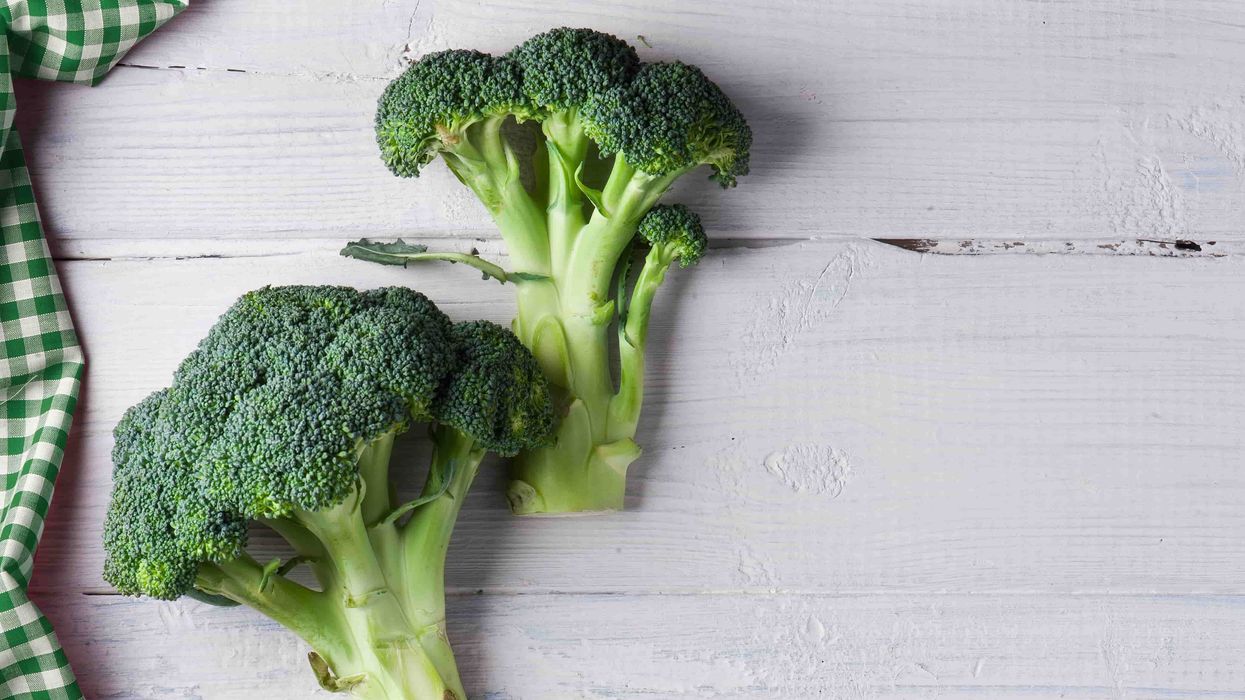






 Cannabis and Aging: A Groundbreaking Study Challenges Long-Held Beliefs
Photo by
Cannabis and Aging: A Groundbreaking Study Challenges Long-Held Beliefs
Photo by  Cannabis and Aging: A Groundbreaking Study Challenges Long-Held Beliefs
Photo by
Cannabis and Aging: A Groundbreaking Study Challenges Long-Held Beliefs
Photo by 



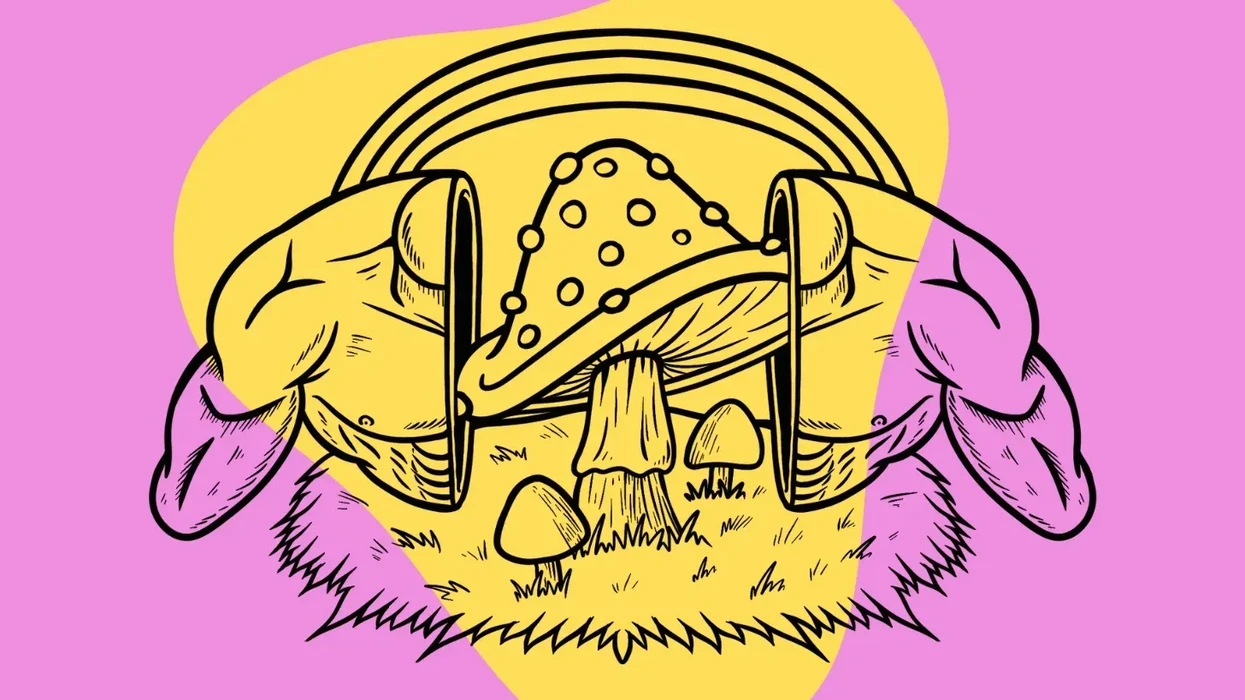

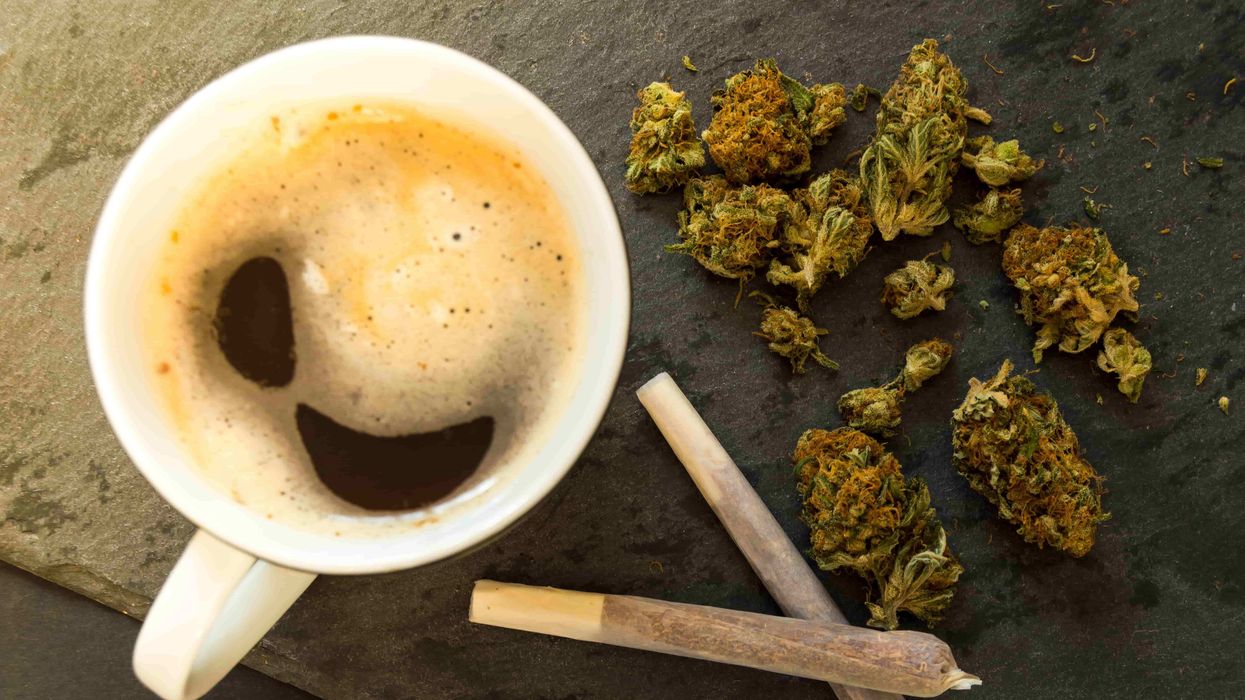
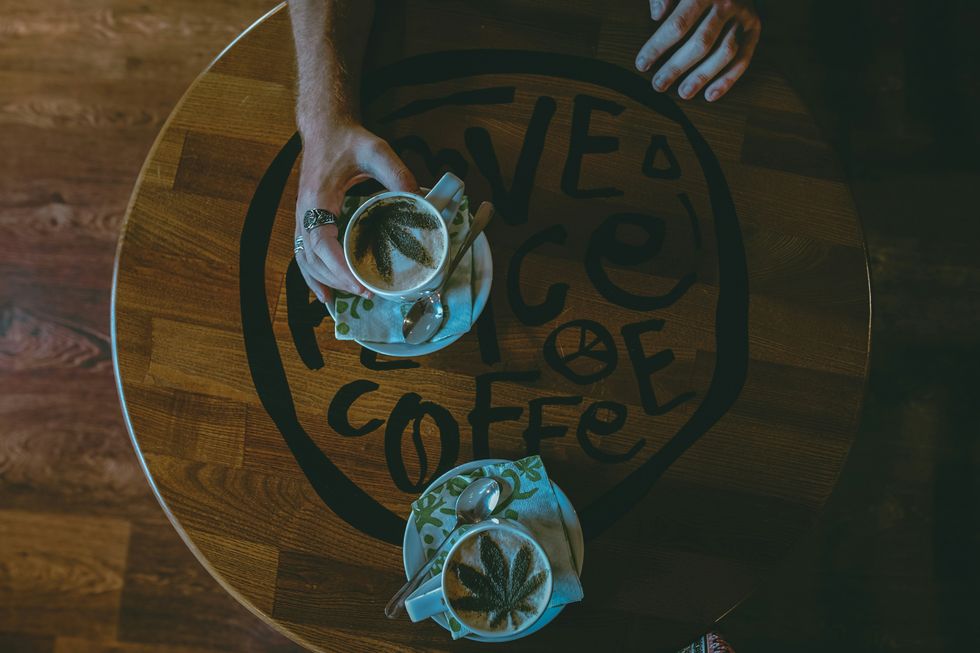 Coffee & Weed: A Modern Spin on the Hippie Speedball - The Bluntness
Photo by
Coffee & Weed: A Modern Spin on the Hippie Speedball - The Bluntness
Photo by 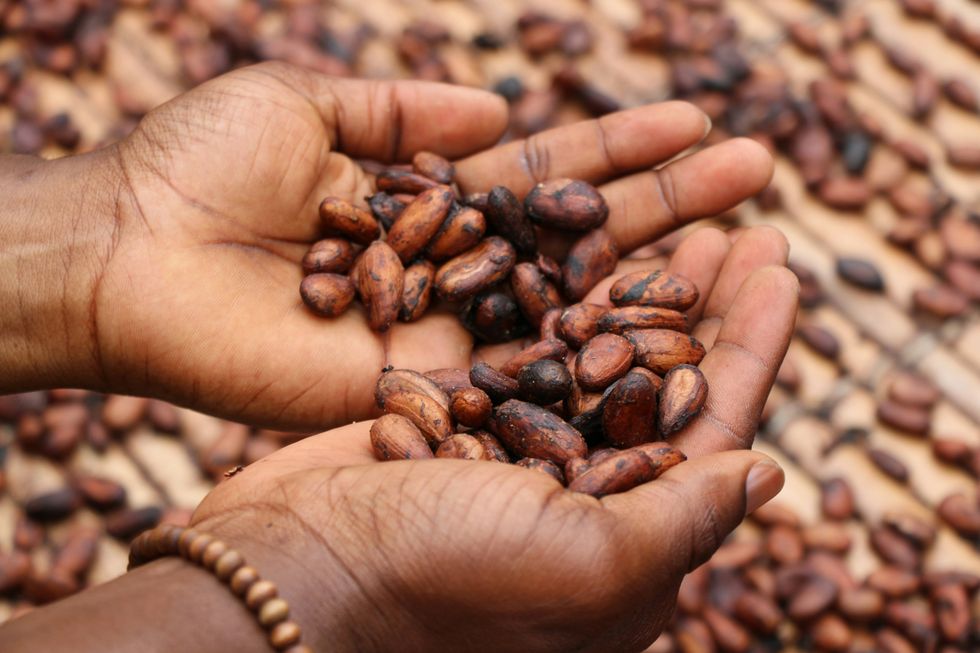 Coffee & Weed: A Modern Spin on the Hippie Speedball - The Bluntness
Photo by
Coffee & Weed: A Modern Spin on the Hippie Speedball - The Bluntness
Photo by 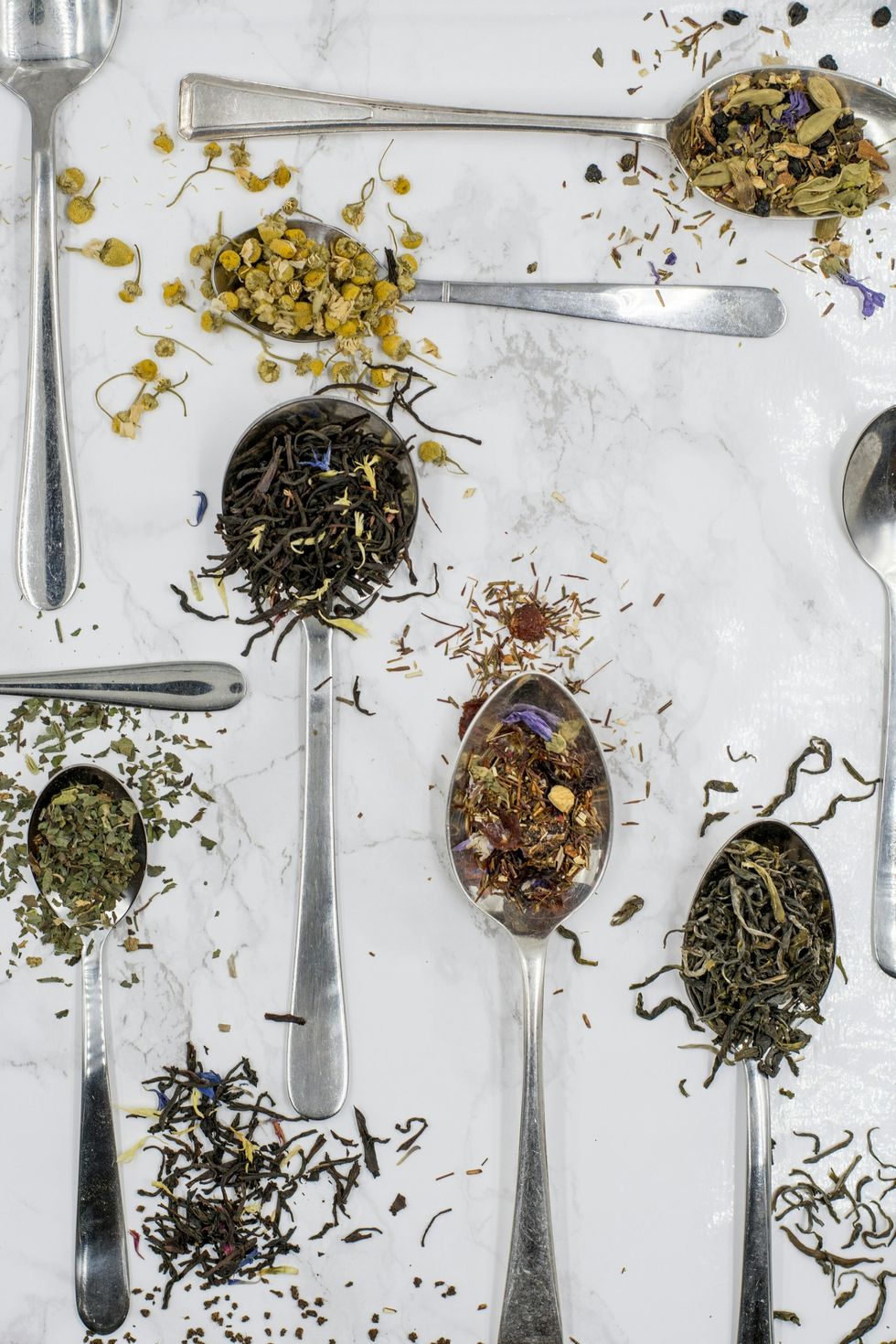 Coffee & Weed: A Modern Spin on the Hippie Speedball - The Bluntness
Photo by
Coffee & Weed: A Modern Spin on the Hippie Speedball - The Bluntness
Photo by 
 The Truth About THC Candle: Cannabis Candles & How to Make Your Own - The Bluntness
Photo by
The Truth About THC Candle: Cannabis Candles & How to Make Your Own - The Bluntness
Photo by 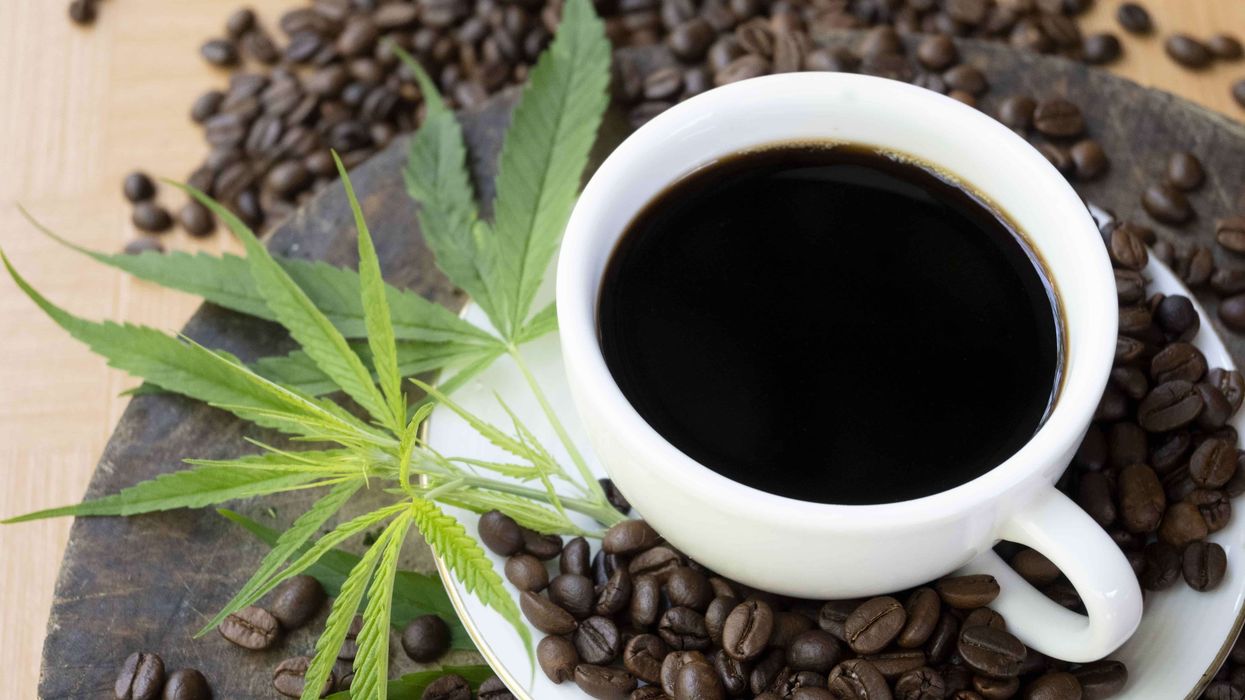
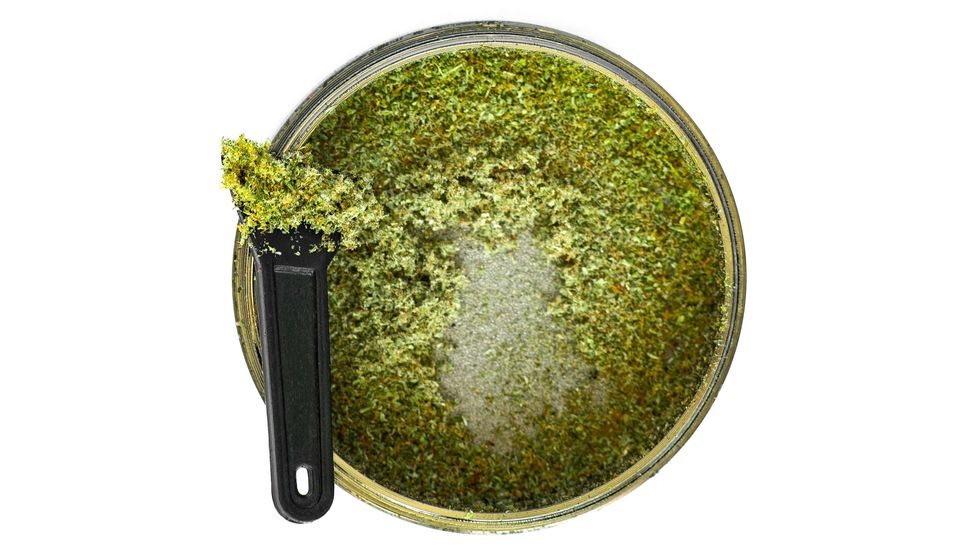 What will you do with that cannabis kief collection? - Make Coffee! The Bluntness
What will you do with that cannabis kief collection? - Make Coffee! The Bluntness DIY: How to Make Kief Coffee - The Bluntness
Photo by
DIY: How to Make Kief Coffee - The Bluntness
Photo by 